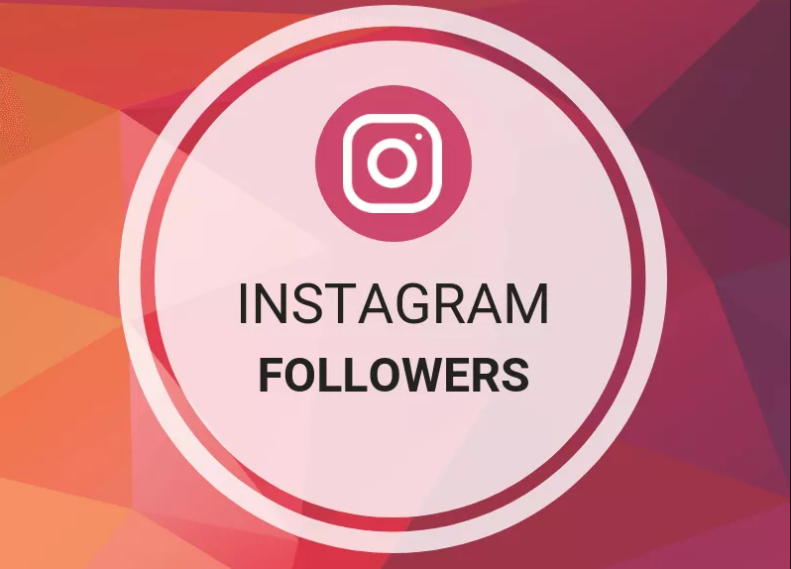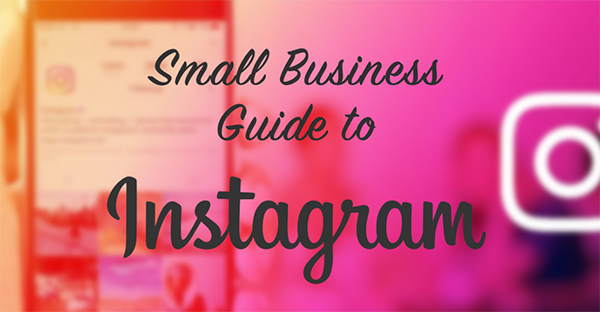Social Media Terms : Part 1 of 7

By Debbie Gregory.
Social media has become more important than ever before, especially for your business as well as personally. During this CoronaVirus Pandemic, it is a way to stay connected and not feel so isolated. VAMBOA thinks it will be valuable to our audience to do this series of articles on social media terms to provide a better understanding for everyone. We hope that you enjoy this series.
For many people, posting a tweet, hash tagging an Instagram caption, or sending out an invite for a Facebook event has become a very common and often a daily, practice. People during this pandemic are spending more time on social media and online. There are brand new social networks, software packages, and confusing words cropping up every day. Even the most seasoned social media users may find that the new terms and acronyms leave them scratching their heads.
In this 7-part series we have compiled a comprehensive list of the most commonly used terms along with their meanings.
AB Test
An A/B test is a method of comparing two variations of an ad, piece of content, or other material so you can see which version performs better. This is also known as split testing. A/B testing involves changing one small element at a time (such as a headline or graphic) to refine your results. During A/B testing, only a portion of your audience sees each test. This allows you to create the most effective content before you release it to your entire following.
AMA (Ask Me Anything)
An AMA, short for “ask me anything,” is a type of interactive post in which someone answers questions, usually in real time. The AMA concept began on Reddit, but AMAs are now popping up in other social settings, like webinars, Facebook Live, or Instagram Stories. AMAs were originally text-based, but it can also be effective to answer questions using live social video or interactive stickers.
Algorithm
An algorithm is basically a set of steps a computer uses to accomplish a task. In the context of social media, an algorithm is how a social platform determines which content to display at any given time to a specific user. Social networks are notoriously secretive about how their algorithms work, but in general, they use clues based on a user’s social relationships and interactions to determine which content that user will find most appealing.
Analytics
Analytics is an umbrella term used to describe both social analysis tools and the information those tools provide. Most social networks include their own analytics tools to help businesses analyze how well their posts are doing for metrics such as reach, engagement, and follower growth.
Application Programming Interface (API)
An application programming interface (API) is a communication system that allows two applications or platforms to “talk” to each other. Social network APIs allow these platforms to integrate with other software providers and apps. For example, Hootsuite uses Twitter’s API to publish tweets, and Instagram’s API to schedule posts.
When Instagram wanted to shut down the shady “growth-hacking” apps people were using to grow their audience artificially, they shut down their old API and launched a new one with much tougher privacy controls.
Archiving
In the context of social media, archiving means creating an archive of your organization’s social media posts, messages, and associated metadata. Basically, it means keeping a record of absolutely everything. This is often required for regulatory compliance in industries like health care and finance.
An organization’s social media archive includes what was said, when, and in what context. It also shows how quickly customer messages are addressed. This data can be referenced during legal discovery, if necessary, or requested by regulatory bodies.
Artificial Intelligence (AI)
Artificial intelligence is the ability for computers, programs, or machines to learn and adapt in ways that resemble human thinking. For example, chatbots use artificial intelligence to communicate and answer questions, while home assistants like Alexa use AI to learn to better respond to your requests over time. The more you interact with an AI program, the more “intelligent” it becomes, since it has more data to work with.
Augmented Reality (AR)
Augmented reality (AR) uses computer-generated effects to augment the reality we perceive with our own eyes and ears. Face filters on social apps like Snapchat and Instagram Stories are the most common examples. Your real face is augmented with graphics (and sometimes sounds) created by the social platform.
When used creatively, augmented reality provides new ways for potential customers to interact with your brand, such as seeing what your products would look like in their home or which glasses look the best on their face.
Avatar
An avatar is a visual representation of a person for use in digital contexts. It is usually a computer-generated image, such as a bitmoji. On social media, the term “avatar” also refers to your profile picture, the image that represents you on the platform. Most individual users choose a photo as their social media avatar, sometimes supplemented by a digital frame or filter. For brands, the company logo is usually the best avatar choice.
Bio
Your bio, short for biography, is the section of any digital profile that tells new or prospective followers who you are. All social platforms offer space to write a bio. It’s the first thing users see when they discover your profile, and a good one can greatly improve how often you show up in keyword searches.
Bitmoji
A bitmoji is a customized avatar that can be added to Gmail, Messenger, Slack, and social media networks. The bitmoji app allows you to create this cartoon representation of yourself, then create different versions of the avatar in different situations. In addition to using your bitmoji as a profile picture, you can use it to create custom messages to share in messaging and social apps. Bitmoji is owned by Snap, the parent company of Snapchat, and is well integrated with the Snapchat app.
Block
When you block someone on social media, you prevent them from seeing your posts on that social network. Blocked users will also be unable to follow you, message you, or tag you in photos. Blocked Twitter users will not be able to add you to lists. Blocked users can still @ mention you in a post, but this will not count toward your engagement metrics. Keep in mind that it’s pretty easy even for blocked users to see content you’ve posted publicly. Use the privacy setting on each social network for better control over who sees each of your posts.
Blog
Originally a contraction of the phrase “web log,” a blog is a type of digital publication in which one or more authors regularly post content, generally on a specific topic. Many brands use a blog to share engaging content with their audience and establish their industry expertise. The Hootsuite blog, for example, shares up-to-date content about social media marketing and how to use social tools. “Blog” can also be a verb: When you write for a blog, you are blogging.
Blogger
Blogger a free blogging platform owned by Google. Blogs using this platform are usually hosted on a blogspot.com subdomain, but the platform can also be used with a purchased domain name. Blogger supports single or multi-user blogs. The word “blogger” can also simply mean a person who writes and publishes a blog. Many high-profile bloggers are categorized as influencers because their content reaches many people.













